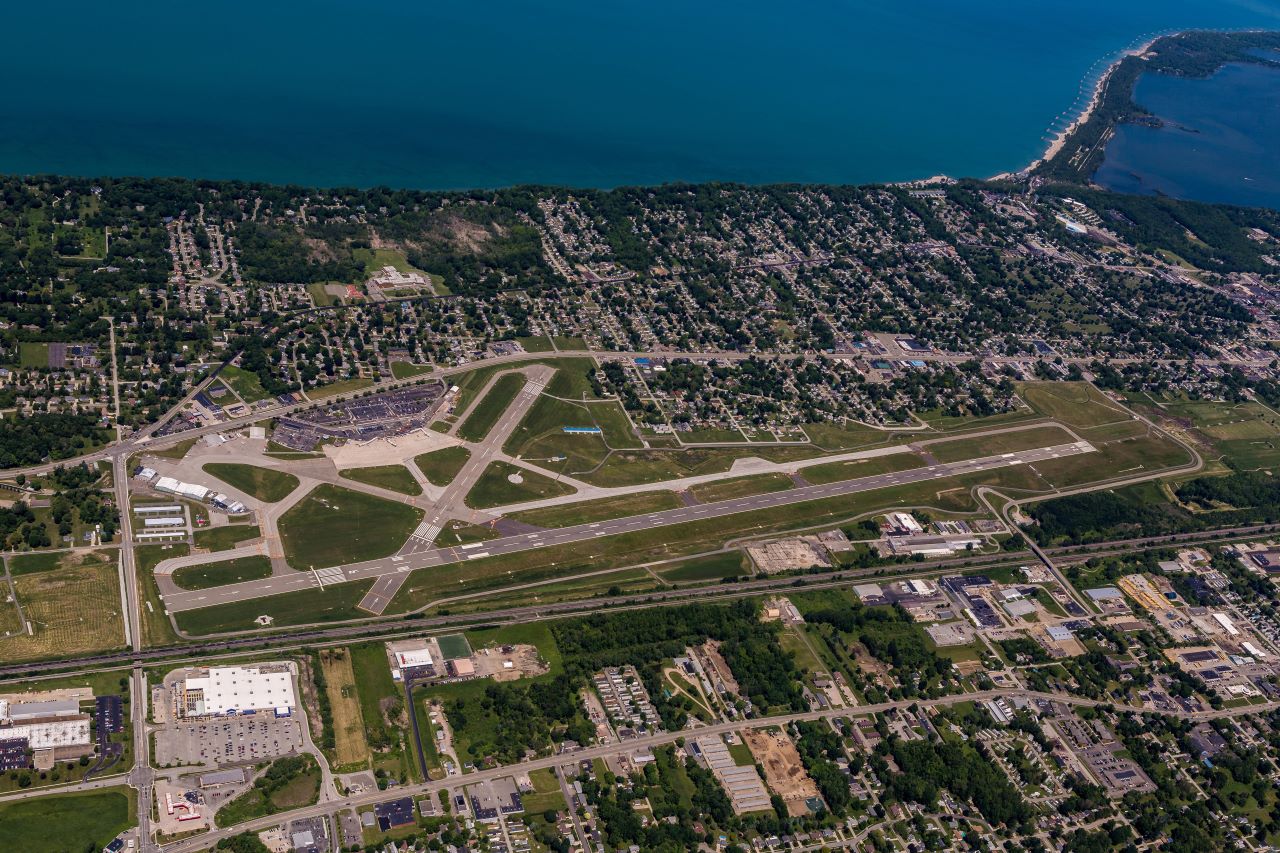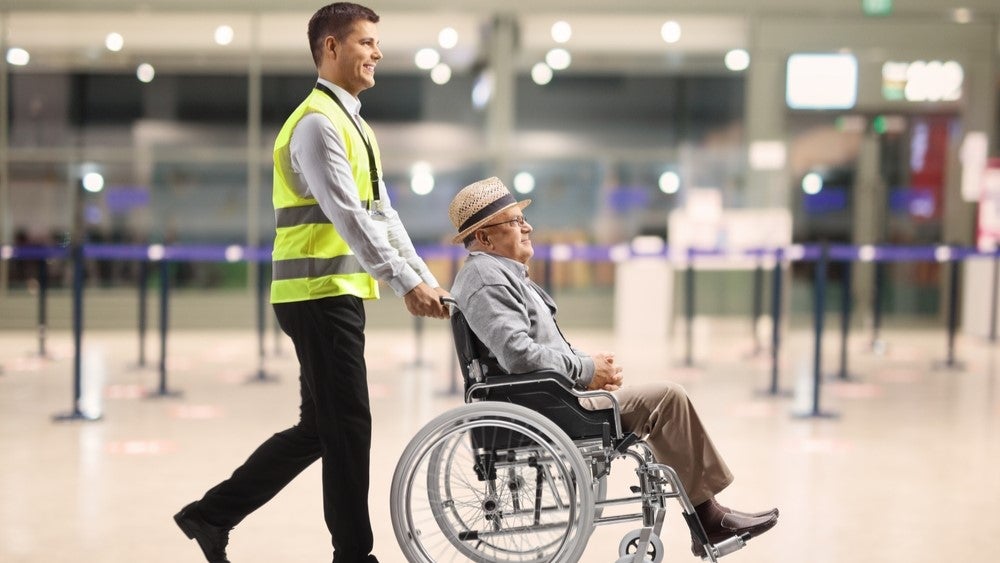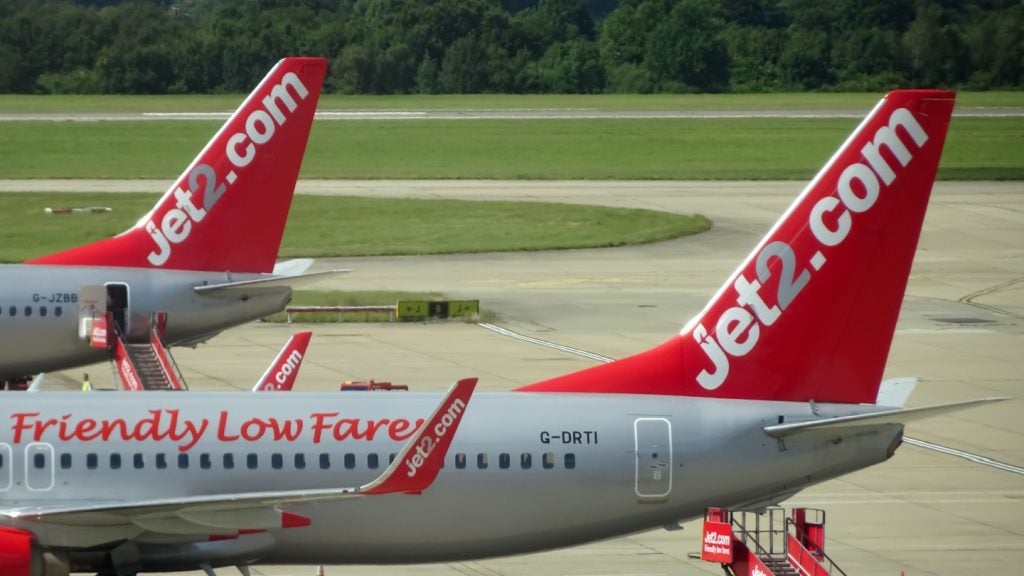
Serving Pennsylvania’s Great Lakes region and connecting the US state to metropolis such as Chicago and Detroit, Erie International Airport saw a lot of business travellers flying in and out of its terminals. But when the pandemic hit and working patterns became flexible and virtual, the hub suffered major losses, both in terms of revenue and occupancy.
To weather through the storm, the Tom Ridge Field airport implemented a series of initiatives to economise, such as saving up to $80,000 by streamlining data entries.
The airport’s CFO James Pacansky talks about the last 18 months of pandemic, how airport operations were impacted, and what he can hope for in the next year.
Ilaria Grasso Macola (IGM): Let’s start from the beginning. Before Covid-19, what was the airport’s financial situation?
James Pacansky (JP): In 2019 we had a really good year financially, in-payments were up, and we had the most passengers through our airport in a dozen years. Financially, we were just rolling.
How well do you really know your competitors?
Access the most comprehensive Company Profiles on the market, powered by GlobalData. Save hours of research. Gain competitive edge.

Thank you!
Your download email will arrive shortly
Not ready to buy yet? Download a free sample
We are confident about the unique quality of our Company Profiles. However, we want you to make the most beneficial decision for your business, so we offer a free sample that you can download by submitting the below form
By GlobalDataWhat about its traffic volume?
In 2019 we had 107,000 passengers come through our airport, coming out at an average of 9,000 passengers per month, but in April 2020 we had 420 passengers travelling through. So, we went from 9,000 passengers a month to 420 in April and that was the bottom.
In 2020 we saw 43,000 passengers in total, so our numbers dipped by 60% [compared to the previous year].
In March 2020, the pandemic hit globally forcing the aviation industry to a halt. In the first few months, how much was the airport impacted?
Between April and June 2020, we had about 3,500 passengers come through our airport, and as a result of the pandemic we worked closely with all our tenants – the airlines, the rental car companies and the company who oversee our parking operations. We’re business partners with our tenants and when they do well, we do well.
Because of the pandemic, we had to back off the amount of rent that they paid us, as we could just not charge what they were used to paying because they also had a fraction of customers.
For the whole of 2020 our revenues actually dipped substantially.
What kind of measures did you put in place to safeguard jobs and operations?
The one thing we had most control over was payroll, so we cut spending a lot. Anything that wasn’t necessary got put on the back burner for nine months and we still evaluate spending moving forward. Training, education and travel expenses was a big chunk of that, and we cut spending by just not sending our employees to seminars because they were all online.
We cut spending quite substantially in 2020 and operated a net loss, which most airports in the country did as well.
Some positions encountered layoffs unfortunately, but for others we were able to pull the reins back on the number of hours, it depended on the department.
The US Government in the first phases of the pandemic allocated around $61bn to help aviation weather through the Covid-19 storm. Did the airport receive some of the allocated funds? In what ways was the money used?
We received our share, and we used those funds to get us through operationally. There was a backstop of operations, so a lot of our revenue that we lost we were able to supplement that by taking some of the government funding.
We also used the funding to try and look ahead to see what our airport is going to look like after the pandemic as we want to be prepared for when air travel ramps back up, going to the airlines and saying: ‘Look, we’ve made these changes to our infrastructure, we’re ready to go’.
Talking about infrastructure improvements, the airport’s renovations were funded by both the FAA and state funds. What can you tell us about it?
We took a hard look at our current infrastructure, [considering] where we wanted to be after the pandemic. In 2019, we were in a position to add a fourth jet bridge and [we have now decided to] purchase it, undergoing an apron expansion to house that bridge.
We purchased snow removal equipment [to replace those] that were outdated and were not likely to be funded with conventional funds. Other projects included renovating the parking lot facility and completing a new building for snow equipment.
A year and a half has passed since the pandemic’s beginning. How was your 2021 compared to your 2020?
2021 is shaping up to be a little better than 2020 but we are still not where we want to be. We’re running roughly 65% to 70% compared to 2019 numbers. If all things remain constant we should be self-sustainable, which is fantastic, but we’re still not where we want to be.
We lost one of our three airlines – Delta Airlines – and we’re doing everything [we can] to get it back.
What are your predictions for the end of 2021 and the new year?
If this remains constant – and the last year and a half taught us is that nothing remains the same month after month – I expect us to remain probably at 60% of where we were in 2019. It’s unfortunate that we have lost one of the airlines, but I want Erie to be in a self-sustainable position moving forward with the two airlines that we have servicing our community.






